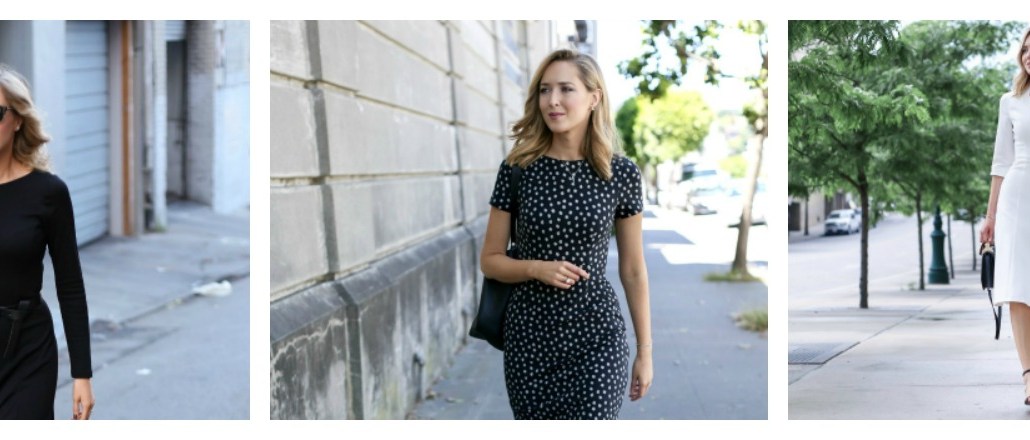
Fashions come and go, but style blogger Mary Orton is a believer in Instagram’s continuing utility for fashion mavens.
At the recent Digiday Retail Summit in Nashville, she coached retail and brand marketers on how to craft engaging Instagram posts by emphasizing authenticity rather than staged surroundings. Digiday Events caught up with Orton before the summit to get her view on why Instagram still wins, how it should improve to better serve the blogger community and how her new app Trove will try to help fashion bloggers make money on their content.
Instagram is the natural platform for fashion bloggers to share visual content. Are other platforms like Snapchat encroaching?
Instagram is certainly still the behemoth, but bloggers are always looking for new ways to engage their audiences. Snapchat usage has exploded in the last year among fashion bloggers and has become a fantastic way to build an unfiltered, authentic rapport with followers. However, the very characteristics that make it feel authentic and unfiltered — its realtime uploading restriction and 24 hour video expiry — are also what makes the content ephemeral and less valuable.
What’s your highest-performing post on Instagram in terms of both likes and comments? Could you pick it apart a bit and explain its success?
It’s a close call among these three posts. It makes sense that these three posts did the best as they speak to my core competency of classic, work-ready style.
Ad position: web_incontent_pos1
All three images are very relatable and feel very in-the-moment, which enhances engagement. In contrast to images of a model wearing the same dress, posing in front of a white background on a retailer’s product page, or a highly stylized editorial shoot in a magazine, followers are able to see where I’m wearing the dress, how I’m wearing it, and can connect with me as a real person wearing these pieces in my real life, all of which puts individual products in a broader, more relatable context.
What feature do you wish Instagram would add to make the experience better for creators working with brands?
Both Instagram and Snapchat have significant drawbacks from a blogger, brand and consumer perspective. The most basic challenge that plagues all three groups is that neither Instagram nor Snapchat allows for links to be included in posts. Solutions like LikeToKnow.It for Instagram, and more recently Emoticode for Snapchat, have offered work-arounds to these platform limitations, but without an in-app solution, the process is far from seamless.
Trove, the app you’re developing, aims to undercut social platforms and empower bloggers to manage their businesses more effectively. What’s missing from current platforms?
Right now, we’re still in stealth mode in anticipation of an early August launch, but what I can tell you is that Trove is a mobile style destination where users can seamlessly discover and shop the style content of the world’s top fashion bloggers. It isn’t a general social platform like Instagram or Snapchat. The end goal is to create a deeper, more direct connection between blogger and consumer while simultaneously proving an uninterrupted, mobile-first transactional channel.
Ad position: web_incontent_pos2
How will you convince bloggers with thousands of followers across multiple platforms to use Trove?
Trove will certainly co-exist with the platforms that style-focused content creators are already using. The best part about Trove for bloggers is that they do not have to do any additional work to utilize the platform — their existing content will seamlessly integrate into Trove. We do all the heavy lifting for them so they can focus on creating great content. As a blogger myself, I live and breathe this so I’m truly laser-focused on providing a tool that fills a void in the marketplace and helps all style bloggers (myself included) run our businesses more efficiently and reach our mobile consumers more effectively.
More in Media

NewFronts Briefing: Samsung, Condé Nast, Roku focus presentations on new ad formats and category-specific inventory
Day two of IAB’s NewFronts featured presentations from Samsung, Condé Nast and Roku, highlighting new partnerships, ad formats and inventory, as well as new AI capabilities.

The Athletic to raise ad prices as it paces to hit 3 million newsletter subscribers
The New York Times’ sports site The Athletic is about to hit 3 million total newsletter subscribers. It plans to raise ad prices as as a result of this nearly 20% year over year increase.

NewFronts Briefing: Google, Vizio and news publishers pitch marketers with new ad offerings and range of content categories
Day one of the 2024 IAB NewFronts featured presentations from Google and Vizio, as well as a spotlight on news publishers.
Ad position: web_bfu